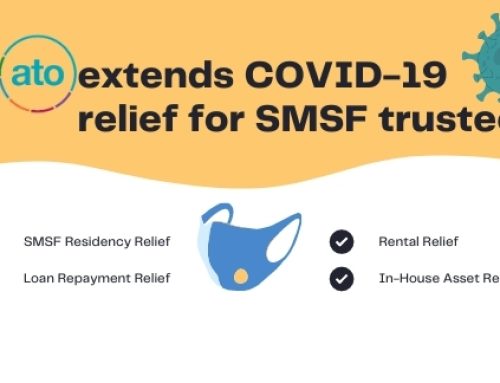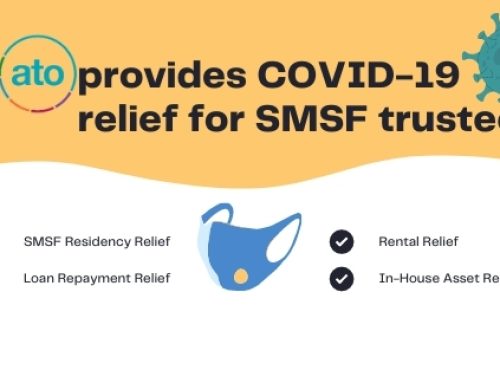In an effort to increase economic security for women in the event of divorce, the government had previously proposed to introduce a measure to improve the visibility of superannuation assets in family law proceedings. Currently, getting full visibility of superannuation assets in family law matters when one party does not cooperate can become complex, time-consuming and costly. It usually requires parties to go on “fishing expeditions” using subpoenas and other formal court processes with no guarantee of success.
The logic for the government introducing this measure is that superannuation is often the most significant asset in the property pool of separated couples, however, the super balances of women nearing retirement are 42% lower than those of men. In addition, it is estimated around 60% of women suffer some form of financial hardship within 12 months of separation. This hardship can also be perpetuated by a lack of financial disclosure by a former partner, which can result in women receiving a smaller share of property than they would be entitled to.
Practically, to implement the measure, the government has proposed to provide $3.3m to the ATO to develop an electronic information sharing mechanism between the ATO and the Family Law Court in each State to allow super assets held by relevant parties during family law proceedings to be identified swiftly and more accurately. To enable that to happen, current secrecy provisions will be changed to allow ATO to provide this information.
For example, consider the situation where a couple (A and B) has decided to end their partnership and are now seeking orders in the Family Law Courts to decide their property. If A has multiple superannuation accounts and only discloses the details of one of the accounts and refuses to provide further information despite repeated requests. B will be forced to apply to various superannuation funds and subpoenaing A’s employment records to obtain the necessary information which will be costly and time-consuming. After the measure becomes law, the Court will be able to seek this information directly from the ATO through the electronic information sharing system without the need for all the extra work from B.
While the measure was originally scheduled to be operative by July 2020, it has since been delayed by the government’s focus on COVID economic stimulus and the complexity involved in the mishmash of different family law jurisdictions in each state. However, according to the Minister for Superannuation and Financial Services, Senator Jane Hume, the government remains committed to the measure and the legislative amendments required to implement this measure would be introduced by mid-2021. This means that the proposal is not likely to be operative until July 2021 as the earliest.









